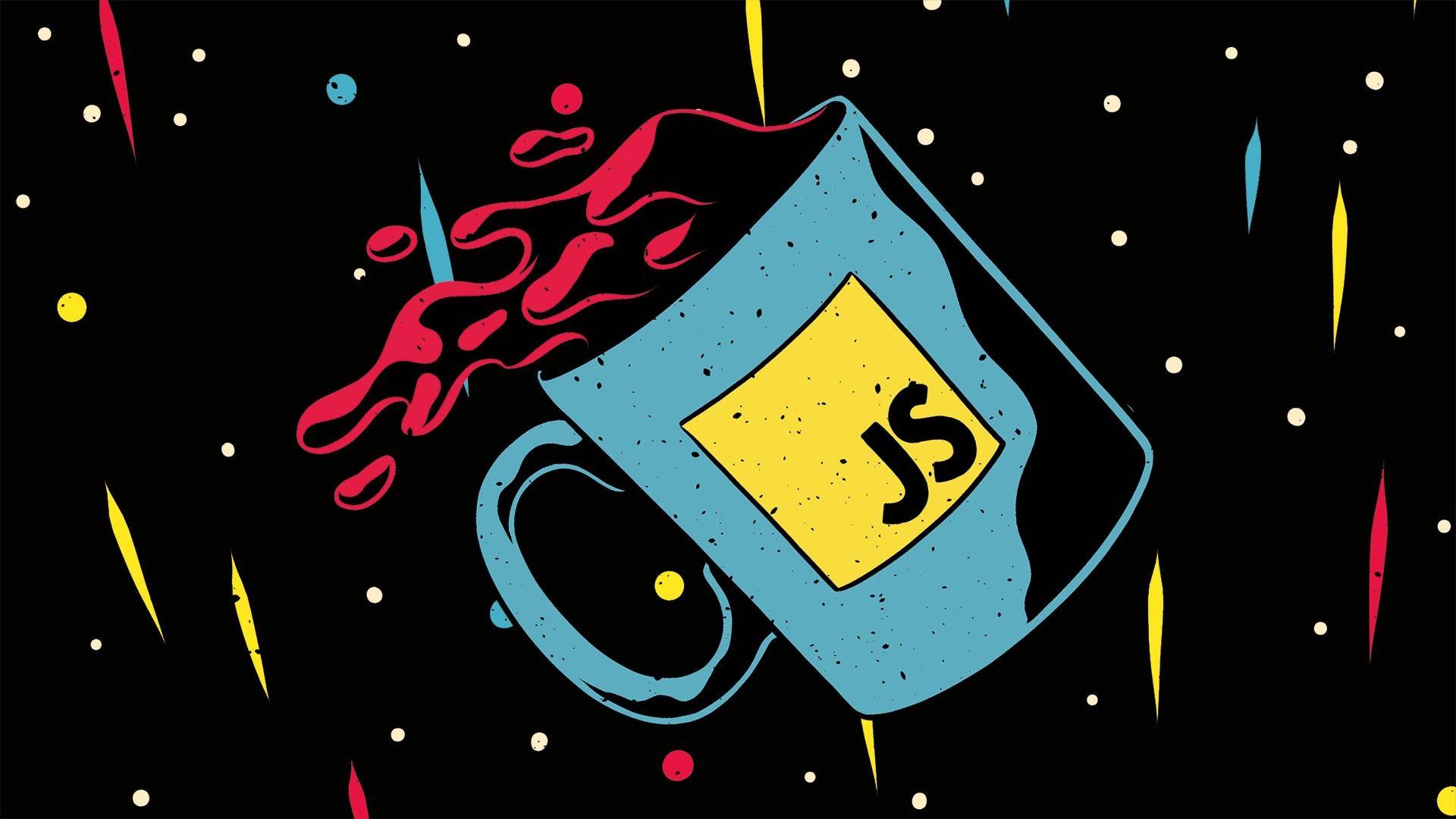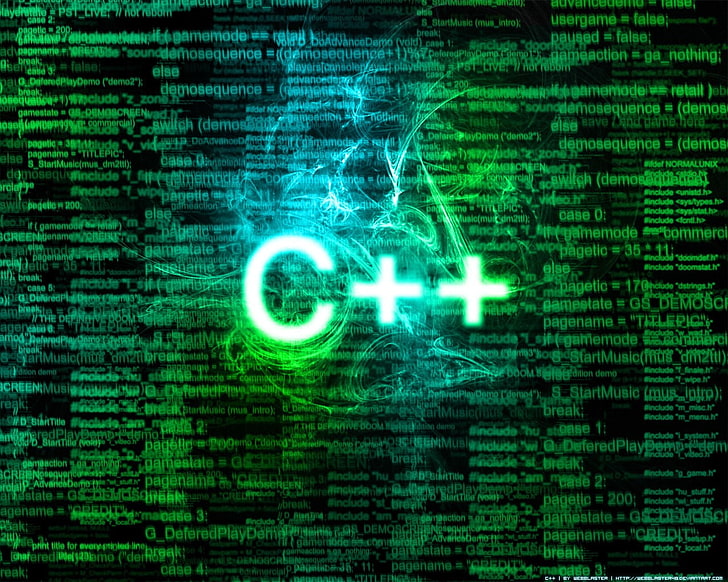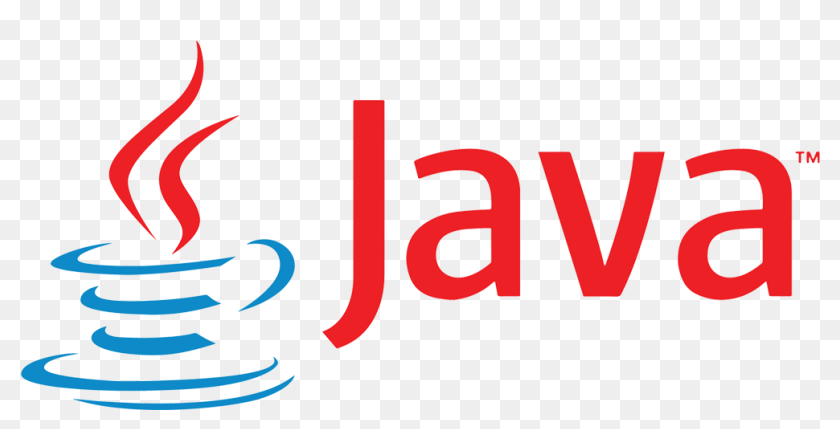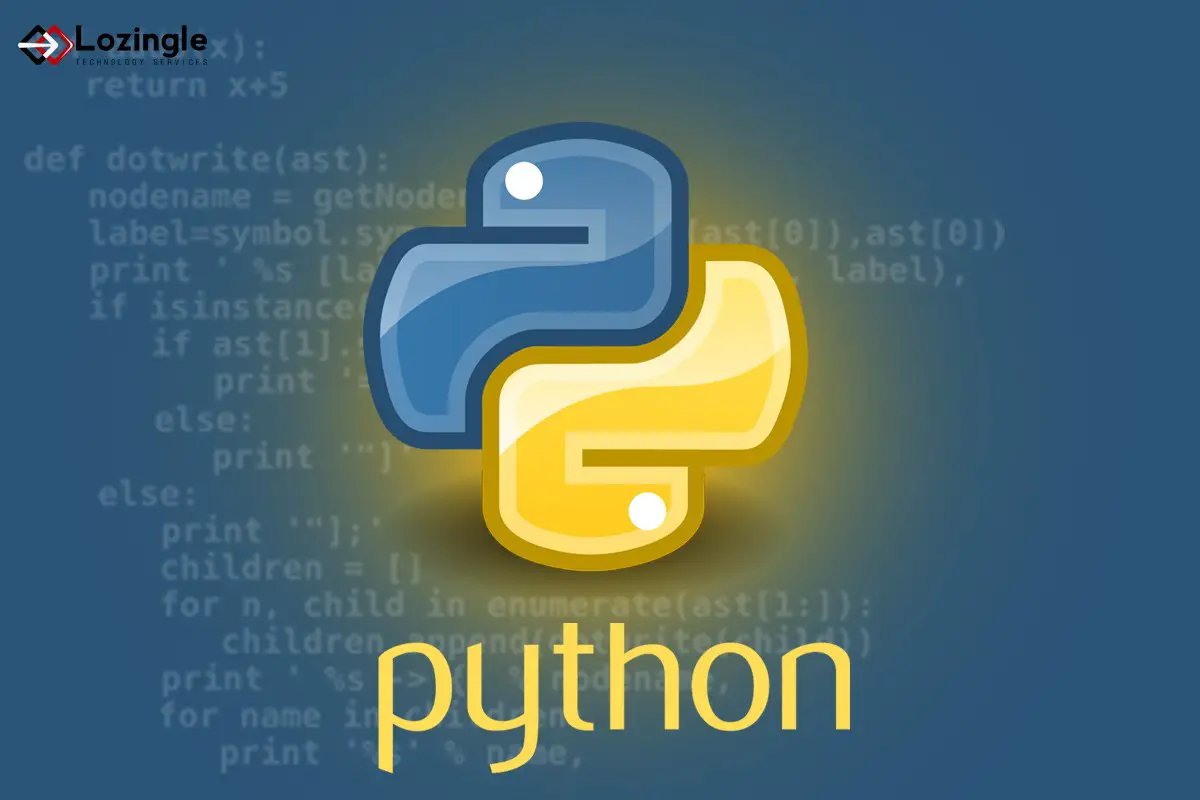Android Studio is the official[7] integrated development environment (IDE) for Google's Android operating system, built on JetBrains' IntelliJ IDEA software and designed specifically for Android development.[8] It is available for download on Windows, macOS and Linux based operating systems.[9][10] It is a replacement for the Eclipse Android Development Tools (ADT) as the primary IDE for native Android application development.
Android Studio was announced on May 16, 2013 at the Google I/O conference. It was in early access preview stage starting from version 0.1 in May 2013, then entered beta stage starting from version 0.8 which was released in June 2014.[11] The first stable build was released in December 2014, starting from version 1.0.[12]
On May 7, 2019, Kotlin replaced Java as Google's preferred language for Android app development.[13] Java is still supported, as is C++.[14]
System requirements[7][edit]
| Windows | Mac | Linux | |
|---|---|---|---|
| Operating System Version | Microsoft® Windows® 7/8/10 (32- or 64-bit)
The Android Emulator only supports 64-bit Windows.
| Mac® OS X® 10.10 (Yosemite) or higher,
up to 10.14 (macOS Mojave)
| GNOME or KDE desktop
Tested on gLinux based on Debian (4.19.67-2rodete2).
|
| Random Access Memory (RAM) | 4 GB RAM minimum; 8 GB RAM recommended. | ||
| Free disk space | 2 GB of available disk space minimum, 4 GB Recommended (500 MB for IDE + 1.5 GB for Android SDK and emulator system image). | ||
| Minimum required JDK version | Java Development Kit 8 | ||
| Minimum screen resolution | 1280 x 800 | ||
The Android Emulator has additional requirements beyond the basic system requirements for Android Studio, which are described below:[25]
- SDK Tools 26.1.1 or higher;
- 64-bit processor;
- Windows: CPU with UG (unrestricted guest) support;
- HAXM 6.2.1 or later (HAXM 7.2.0 or later recommended).
The use of hardware acceleration has additional requirements on Windows and Linux:
- Intel processor on Windows or Linux: Intel processor with support for Intel VT-x, Intel EM64T (Intel 64), and Execute Disable (XD) Bit functionality;
- AMD processor on Linux: AMD processor with support for AMD Virtualization (AMD-V) and Supplemental Streaming SIMD Extensions 3 (SSSE3);
- AMD processor on Windows: Android Studio 3.2 or higher and Windows 10 April 2018 release or higher for Windows Hypervisor Platform (WHPX) functionality.
To work with Android 8.1 (API level 27) and higher system images, an attached webcam must have the capability to capture 720p frames.








